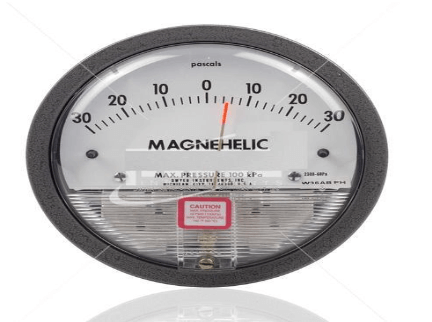DIFFERENTIAL PRESSURE TEST IN CLEANROOM.(DIFFRENTIAL PRESSURE BALANCING)

To perform a differential pressure test in a cleanroom according to ISO 14644, follow these steps:
- Familiarize Yourself with ISO 14644: ISO 14644 is a standard that provides guidelines for cleanroom classification and testing. Read and understand the requirements of ISO 14644-1, which specifies the test methods for assessing cleanroom performance.
- Gather the Necessary Equipment: You will need the following equipment to perform the differential pressure test:
- Differential pressure gauge: A device that measures the pressure difference between two points.
- Calibration equipment: To ensure the accuracy of the differential pressure gauge, you’ll need equipment for calibration.
- Access ports: These are openings in the cleanroom walls or ducts used for pressure measurement.
- Tubing: Connect the differential pressure gauge to the access ports.
- Prepare the Cleanroom: Ensure that the cleanroom is in its normal operating condition with all systems running, including the air supply and exhaust systems. Close all doors and windows to maintain the controlled environment.
- Identify Test Locations: Determine the locations in the cleanroom where you will measure the differential pressure. ISO 14644 provides guidelines on the number and placement of access ports based on the cleanroom classification.
- Install Access Ports: Install the access ports in the predetermined locations. These ports should be airtight and compatible with the differential pressure gauge and tubing.
- Calibrate the Differential Pressure Gauge: Before conducting the test, calibrate the differential pressure gauge using the calibration equipment. Follow the manufacturer’s instructions for calibration.
- Connect the Gauge: Connect one end of the tubing to the access port and the other end to the differential pressure gauge. Ensure that the connections are tight and secure.
- Conduct the Test: Start the cleanroom differential pressure test by taking readings at each access port location. Measure the pressure difference between the cleanroom and adjacent areas or spaces, such as corridors or lower classified rooms.
- Record Measurements: Record the differential pressure readings at each test location accurately. Note the date, time, and specific location of each measurement.
- Compare Results with ISO 14644 Requirements: Refer to ISO 14644-1 to determine the acceptable differential pressure limits for your cleanroom classification. Compare your recorded measurements with the specified limits.
- Take Corrective Actions (if necessary): If any measurements are outside the specified limits, investigate and identify potential causes for the deviation. Take appropriate corrective actions to bring the differential pressure within the required range. This may involve adjusting the airflow, sealing leaks, or repairing equipment.
- Retest and Document: After making any necessary adjustments, retest the differential pressure and document the revised measurements. Ensure that the differential pressure is within the acceptable range before resuming normal cleanroom operations.
Remember to follow any additional guidelines specific to your cleanroom facility and consult the ISO 14644 standard for detailed information and requirements.